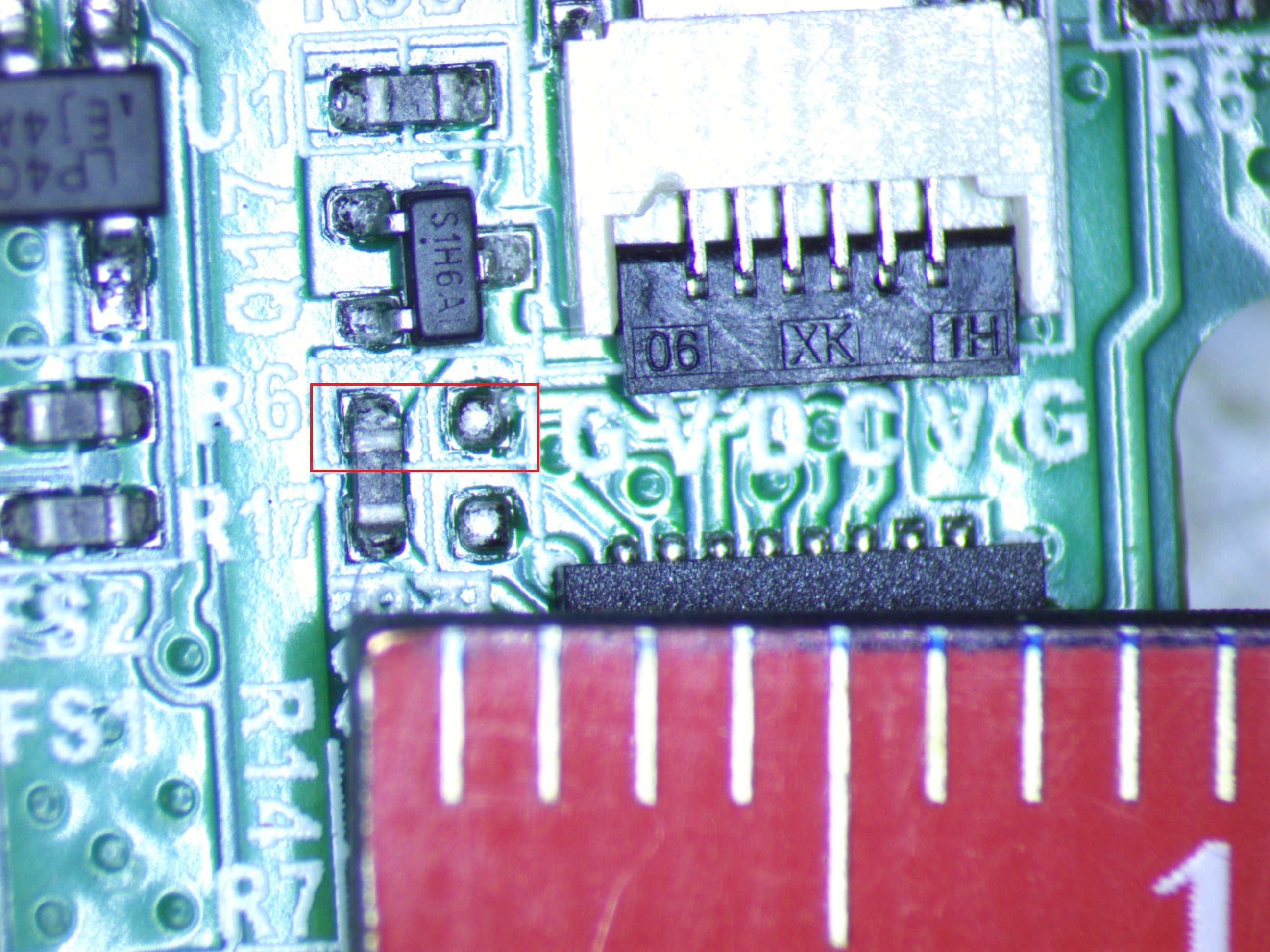this post was submitted on 24 Sep 2024
37 points (100.0% liked)
Ask Electronics
3807 readers
7 users here now
For questions about component-level electronic circuits, tools and equipment.
Rules
1: Be nice.
2: Be on-topic (eg: Electronic, not electrical).
3: No commercial stuff, buying, selling or valuations.
4: Be safe.
founded 2 years ago
MODERATORS
you are viewing a single comment's thread
view the rest of the comments
view the rest of the comments

I can't tell for sure, but it looks like you're bridging two traces that are connected to the center pin of Q17 (S1H6A) and either the "V" or "D" terminal of the XK ribbon connector with the designators marked "GVDCVG." perhaps you could use a very small wire between these points. If the V/D connection is actually V and V is for voltage, you can likely find other more convenient places to source a similar voltage around wherever the regulator circuitry for that voltage block is placed on the board.
Yeah, the GVDCVG is ground, voltage, data, and clock. My board is going to sit between this ribbon cable and the part that normally connects there.
You do make a good point though. I was hoping for an elegant solution where this ribbon cable was the only connected component, but there's a large exposed voltage testpoint exposed nearby. It's 1.5mm wide and 3mm from the board edge. I bet I can find a miniature allegator clip or some other way to connect to that.
I tell people to take apart an ancient junk switching supply wall wart with a hammer and unwrap a winding from the transformer inside. That gives easy access to a small bit of enameled copper wire. They will need to be extreme about scraping the enamel to get to the copper. It is also a good idea to use a lighter to heat the enamel and scrape some more. Then they can wrap the exposed copper part around something like that transistor lead a dozen or more times like it is an old wire wrap job. If you can locate two such locations where a lead with an air gap exists, it is possible to make that connection.
The circuit in question draws a decent amount of current (probably like 100mA or so), so I thought it better to short the signal line than try to power it directly.